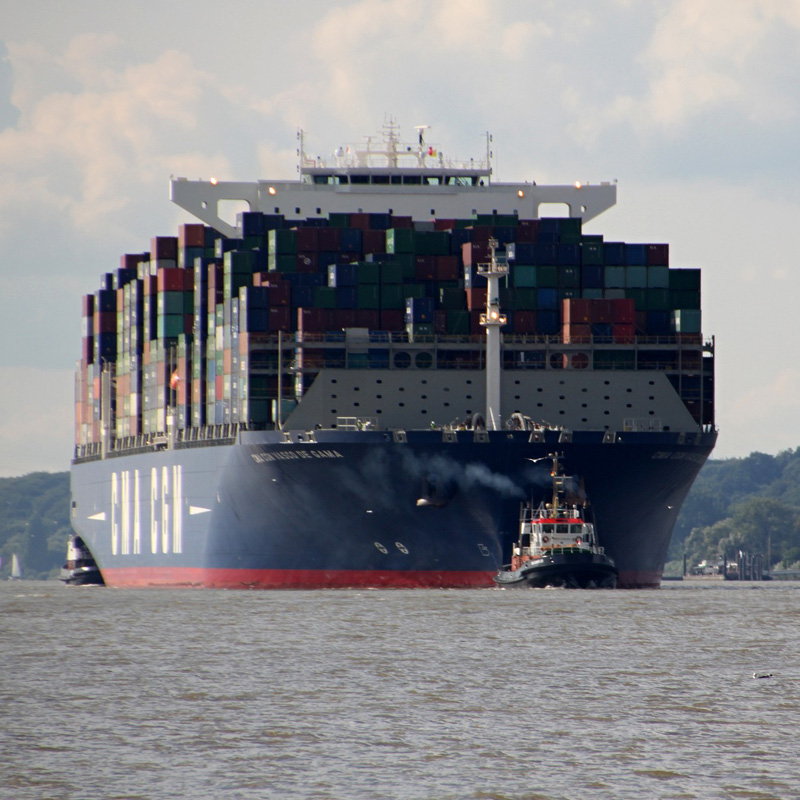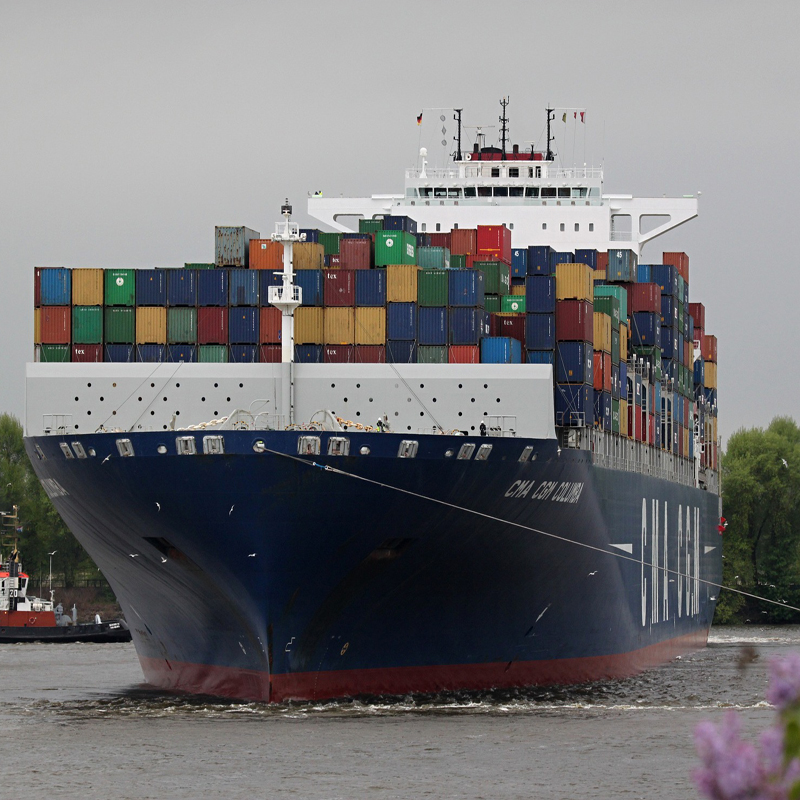Port Hamad w Katarze zostanie oficjalnie otwarty na początku września
- Autor:Alex
- Źródło:Słoneczna logistyka na świecie
- Data wydania:2017-08-31
Port Hamad w Katarze zostanie oficjalnie otwarty na początku września

Port HAMAD zlokalizowany w regionie Umm al Houl w południowym Katarze ma zostać oficjalnie zainaugurowany w pierwszym tygodniu września, pod auspicjami Jego Wysokości Emir Sheikh Tamim bin Hamad al-Thani. Zdolność portu Hamad do osiągnięcia 7.5 miliona TEU rocznie po zakończeniu wszystkich etapów budowy.

Port Hamad, największy na Bliskim Wschodzie, obejmuje obszar 28,5 kilometra kwadratowego. Jej dorzecza ma długość czterech kilometrów, 700 metrów szerokości i 17 metrów głębokości, donosi o Gulf News z Doha w Katarze.
Port ma terminal ładunków ogółem o rocznej zdolności wytwórczej 1,7 mln ton, terminal dla zbóż o pojemności 1 mln ton rocznie oraz terminal odbioru pojazdów o pojemności 500 000 pojazdów rocznie. Posiada również terminal dla zwierząt gospodarskich, jeden dla statków powietrznych i terminal wsparcia morskiego i zapasowego.
Port Hamad stosuje najwyższe standardy bezpieczeństwa i obejmuje 110-metrową wieżę kontroli portu, obszar kontroli celnej dla szybkiego odprawiania ładunków (5 600 pojemników dziennie) oraz platformę inspekcji statku. Jego inne urządzenia obejmują jednostki pamięci masowej, meczety, miejsca odpoczynku, kliniki medyczne i biura wymagane do obsługi portów.
Dodatkowo, w ramach działań na rzecz zwiększenia eksportu nierozwiniętego węgla i przemysłu wytwórczego w budownictwie, w sąsiedztwie portu Hamad ustanowiono strefę wolnocłową. Port, poprzez zintegrowaną strefę logistyczną, pomoże połączyć Katar z sieciami kolejowymi w krajach Zatoki Perskiej.

Port Hamad w krótkim czasie odnotował znaczące kamienie milowe w skali regionalnej i międzynarodowej. Odegrała kluczową rolę w łamaniu blokady podczas obecnych krytycznych sytuacji, z którymi Katar spotyka się.
Port udało się zabezpieczyć wiele globalnych linii transportu morskiego, ożywić kluczowy ruch podstawowych towarów, potrzeb i dostaw oraz zapewnić alternatywy po tym jak kraje blokady zamknęły ziemie, powietrze i granice morskie z Katarem.
W lipcu ubiegłego roku port Hamad otrzymał 48.873 kontenerów, 80.275 ton ładunków ogółem, 4.822 pojazdów i maszyn, 74.148 sztuk zwierząt gospodarskich i 7.997 ton materiałów budowlanych.

Port Hamad, największy na Bliskim Wschodzie, obejmuje obszar 28,5 kilometra kwadratowego. Jej dorzecza ma długość czterech kilometrów, 700 metrów szerokości i 17 metrów głębokości, donosi o Gulf News z Doha w Katarze.
Port ma terminal ładunków ogółem o rocznej zdolności wytwórczej 1,7 mln ton, terminal dla zbóż o pojemności 1 mln ton rocznie oraz terminal odbioru pojazdów o pojemności 500 000 pojazdów rocznie. Posiada również terminal dla zwierząt gospodarskich, jeden dla statków powietrznych i terminal wsparcia morskiego i zapasowego.
Port Hamad stosuje najwyższe standardy bezpieczeństwa i obejmuje 110-metrową wieżę kontroli portu, obszar kontroli celnej dla szybkiego odprawiania ładunków (5 600 pojemników dziennie) oraz platformę inspekcji statku. Jego inne urządzenia obejmują jednostki pamięci masowej, meczety, miejsca odpoczynku, kliniki medyczne i biura wymagane do obsługi portów.
Dodatkowo, w ramach działań na rzecz zwiększenia eksportu nierozwiniętego węgla i przemysłu wytwórczego w budownictwie, w sąsiedztwie portu Hamad ustanowiono strefę wolnocłową. Port, poprzez zintegrowaną strefę logistyczną, pomoże połączyć Katar z sieciami kolejowymi w krajach Zatoki Perskiej.

Port Hamad w krótkim czasie odnotował znaczące kamienie milowe w skali regionalnej i międzynarodowej. Odegrała kluczową rolę w łamaniu blokady podczas obecnych krytycznych sytuacji, z którymi Katar spotyka się.
Port udało się zabezpieczyć wiele globalnych linii transportu morskiego, ożywić kluczowy ruch podstawowych towarów, potrzeb i dostaw oraz zapewnić alternatywy po tym jak kraje blokady zamknęły ziemie, powietrze i granice morskie z Katarem.
W lipcu ubiegłego roku port Hamad otrzymał 48.873 kontenerów, 80.275 ton ładunków ogółem, 4.822 pojazdów i maszyn, 74.148 sztuk zwierząt gospodarskich i 7.997 ton materiałów budowlanych.

